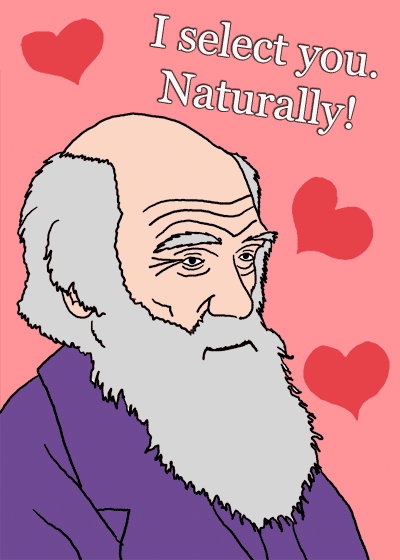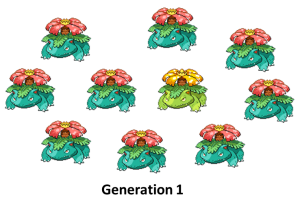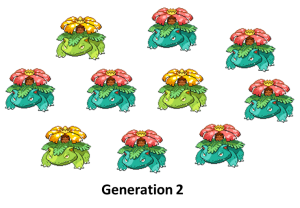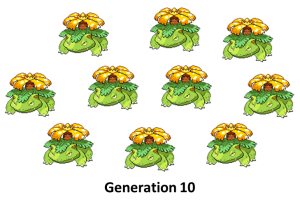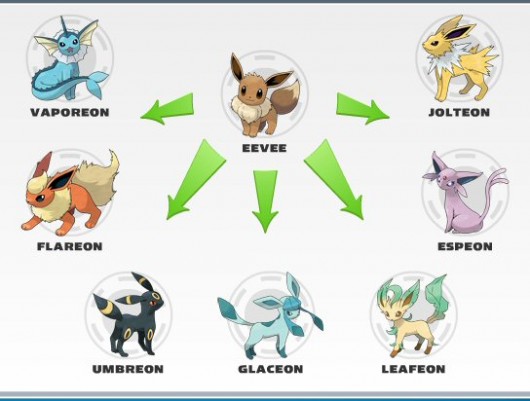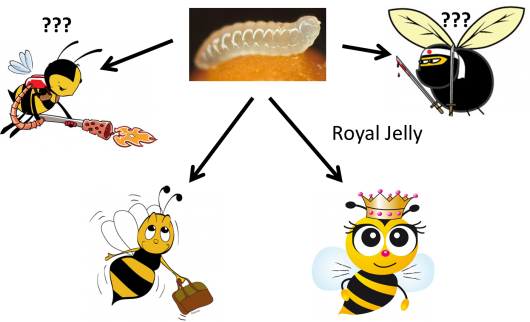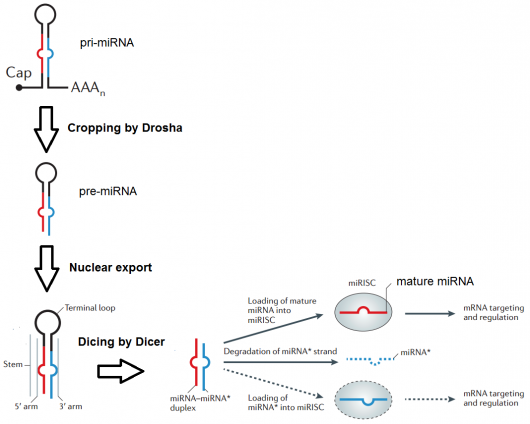I’ve been waiting so long for someone to write this book.
Salon has a great interview with Marlene Zuk, evolutionary biologist who just wrote “Paleofantasy: What evolution really tells us about sex, diet, and how we live.” The Paleo diet? How evolution surprisingly supports 1950s gender roles? Yeah, those ideas aren’t actually supported by evolution after all – something that should come as no surprise to my readers.
It is striking how fixated on the alleged behavior of our hunting-and-foraging forbearers some educated inhabitants of the developed world have become. Among the most obsessed are those who insist, as Zuk summarizes, that “our bodies and minds evolved under a particular set of circumstances, and in changing those circumstances without allowing our bodies time to evolve in response, we have wreaked the havoc that is modern life.” Not only would we be happier and healthier if we lived like “cavemen,” this philosophy dictates, but “we are good at things we had to do back in the Pleistocene … and bad at things we didn’t.”
The most persuasive argument Zuk marshals against such views has to do with the potential for relatively rapid evolution, major changes that can appear over a time as short as, or even shorter than, the 10,000 years Cordain scoffed at. […]
There are human examples, as well, such as “lactase persistence” (the ability in adults to digest the sugar in cow’s milk), a trait possessed by about 35 percent of the world’s population — and growing, since the gene determining it is dominant. Geneticists estimate that this ability emerged anywhere from 2200 to 20,000 years ago, but since the habit of drinking cow’s milk presumably arose after cattle were domesticated around 7000 years ago, the more recent dates are the most likely. In a similar, if nondietary, example, “Blue eyes were virtually unknown as little as 6000 to 10,000 years ago,” while now they are quite common. A lot can change in 10,000 years.
Read the whole piece, as it’s a great summary of why these sort of standard evolutionary psychology arguments are so flawed.
Now, I do think evolutionary psychology has a lot of potential. Obviously the brain evolves like any other organ, which has fascinating effects on behavior. But the field is in its infancy, and is currently propped up on arm chair speculation and frequently unfalsifiable claims (claims that are impossible to prove wrong).
My favorite example of this comes from the Evolutionary Psychology class I took in undergrad. Now, I was originally super excited about this class. As someone who was interested in human evolution, behavior, and sex, I thought that evolutionary psychology was my calling. That was until we got to a specific lecture on human sexuality. We were discussing a study that was investigating patterns of human promiscuity, and the professor asked us to come up evolutionary explanations to describe the data we could potentially see. Most people came up with something along the lines of “Female humans will not be promiscuous because pregnancy has more cost to them and they need a monogamous mate to help rear the child, where men will be very promiscuous because they want to spread their seed as much as possible.”
I’m sure you’ve all heard that argument somewhere before. But I presented an alternative hypothesis: “Female humans have cryptic fertility – it’s hard to tell when they’re ovulating – so they will be equally promiscuous, because then no man will know if the child is theirs so they will all pitch in to help rear the child.” I presented this idea because evolutionary psychology often looks to primitive tribes for its hypotheses, and we see my scenario happening in many tribes of South America.
My professor nodded and said that was a good alternative explanation. I asked how we would be able to distinguish between the two hypotheses, but he didn’t seem to understand why that mattered. He saw evolutionary psychology as being able to explain either situation, so in his mind it only supported the field of evolutionary psychology because it was able to explain anything!
But the ability to come up with an explanation for anything is not what makes something scientific. Creationism can come up with an explanation for anything – “God did it” – and that is not scientific. To be scientific you need your predictions to be falsifiable, and unfortunately right now evolutionary psychology is closer to creationism than it is evolutionary biology.
Like I said, evolutionary psychology has a lot of potential because the brain evolves. But I think we need to establish a much larger base of information before we can even remotely accurately interpret data. We need to understand the staggering complexity of the brain and the genomic contribution to that complexity before we can really start investigating what’s going on, and even then it will not be as simple as thinking “What would cavemen do?”

